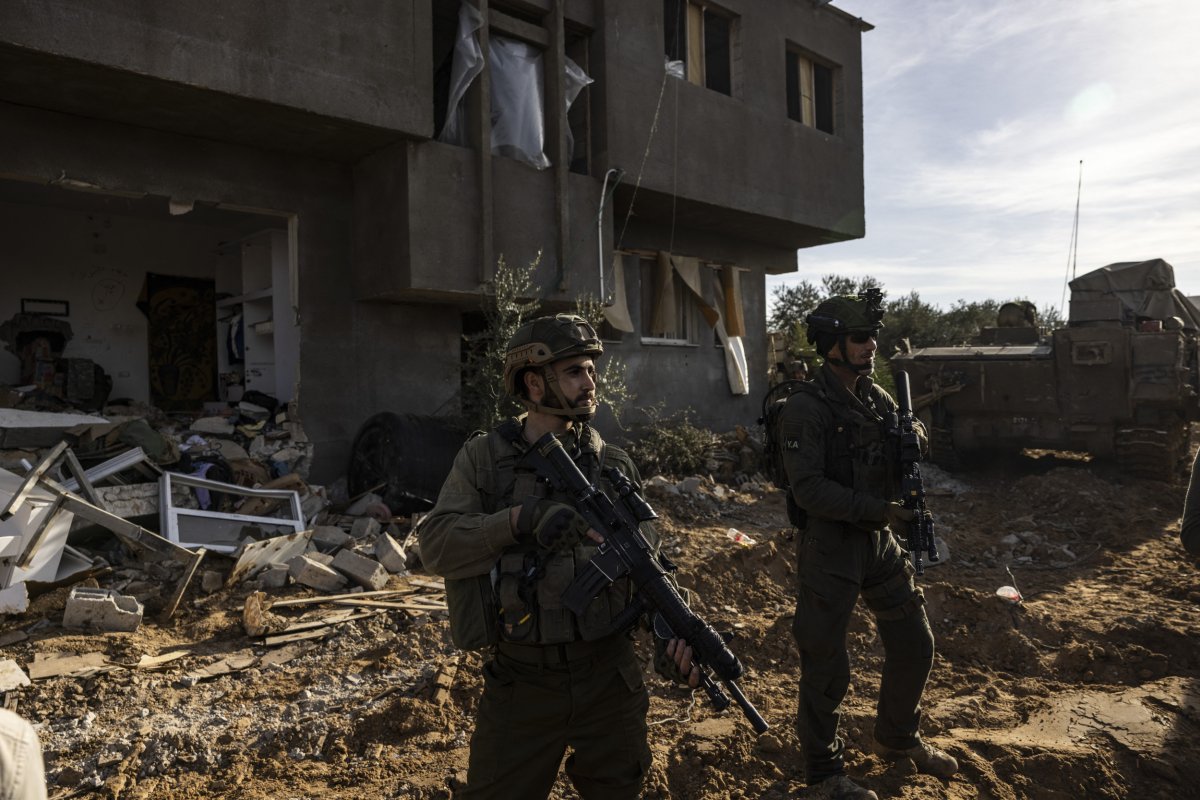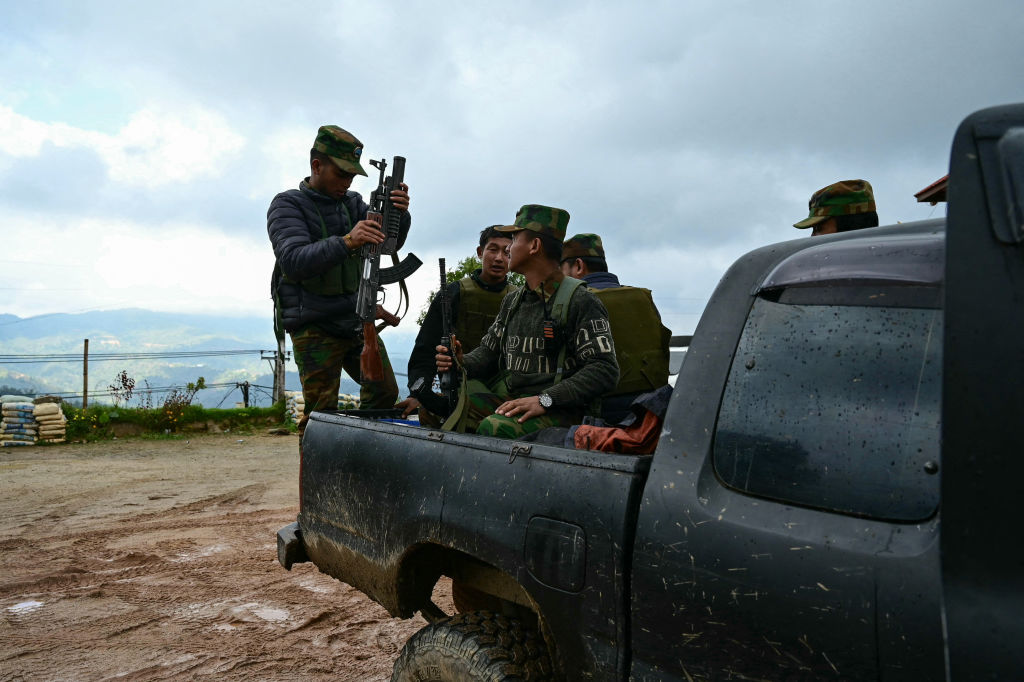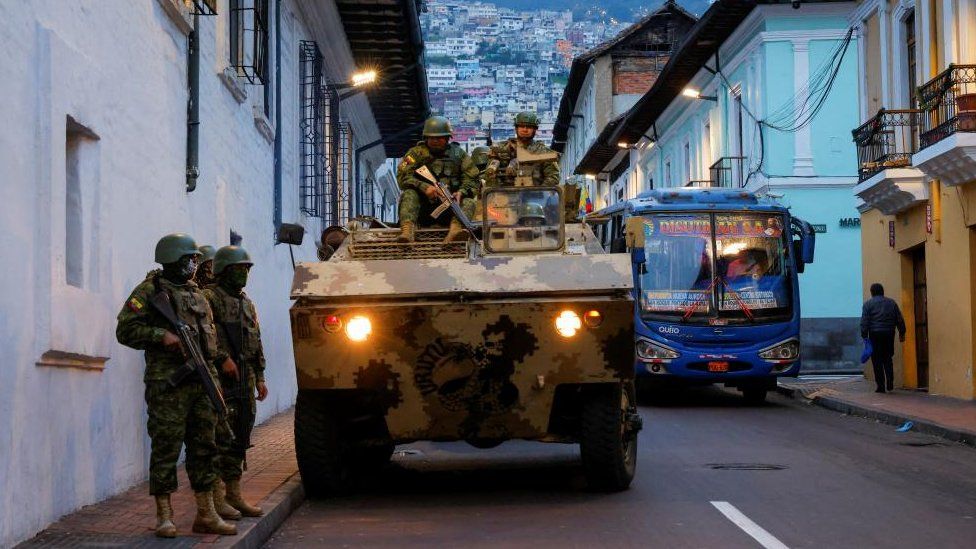Maj Gen P K Mallick, VSM (Retd)
The Houthis took over Yemen’s capital, Sanaa, in September 2014 and tried to extend their influence south, grabbing control of most of the country. The Houthi rebels have been fighting a civil war since 2014 against Yemen’s government.

XThe name from the movement's founder, Hussein al Houthi. The group was formed in the 1990s.
The Houthis are an armed group from a sub-sect of Yemen’s Shia Muslim minority, the Zaidis. They take their name from the movement’s founder, Hussein al Houthi. The group was formed in the 1990s when a group then called itself Ansar Allah (“Supporters of God”) started to resist Saudi preaching of Wahabism and to assert Zaidi identity and religious practice across Yemen. Zaidism is a variant of Shiism local to northern Yemen and parts of southern Saudi Arabia. There are important doctrinal differences between mainstream Shiism and Zaidi Islam.
They started resisting the corruption of the then-president, Ali Abdullah Saleh. As the movement started opposing the corruption of Saleh’s regime and his partnership with the United States in the global war on terror, it added Yemeni supporters beyond the Zaidi community. President Saleh, backed by a coalition of Arab countries led by Saudi Arabia and the UAE, tried to eliminate the Houthi rebels in 2003. Beginning in 2004, Saleh’s government launched six brutal rounds of fighting—killing the group’s charismatic leader, Hussein Badreddin al-Houthi. These military efforts failed to root out the movement. The Houthis repelled them.


 Troops in Gaza on January 8, 2024. Heavy fighting continues in the Palestinian territory.MENAHEM KAHANA/AFP VIA GETTY IMAGES
Troops in Gaza on January 8, 2024. Heavy fighting continues in the Palestinian territory.MENAHEM KAHANA/AFP VIA GETTY IMAGES











